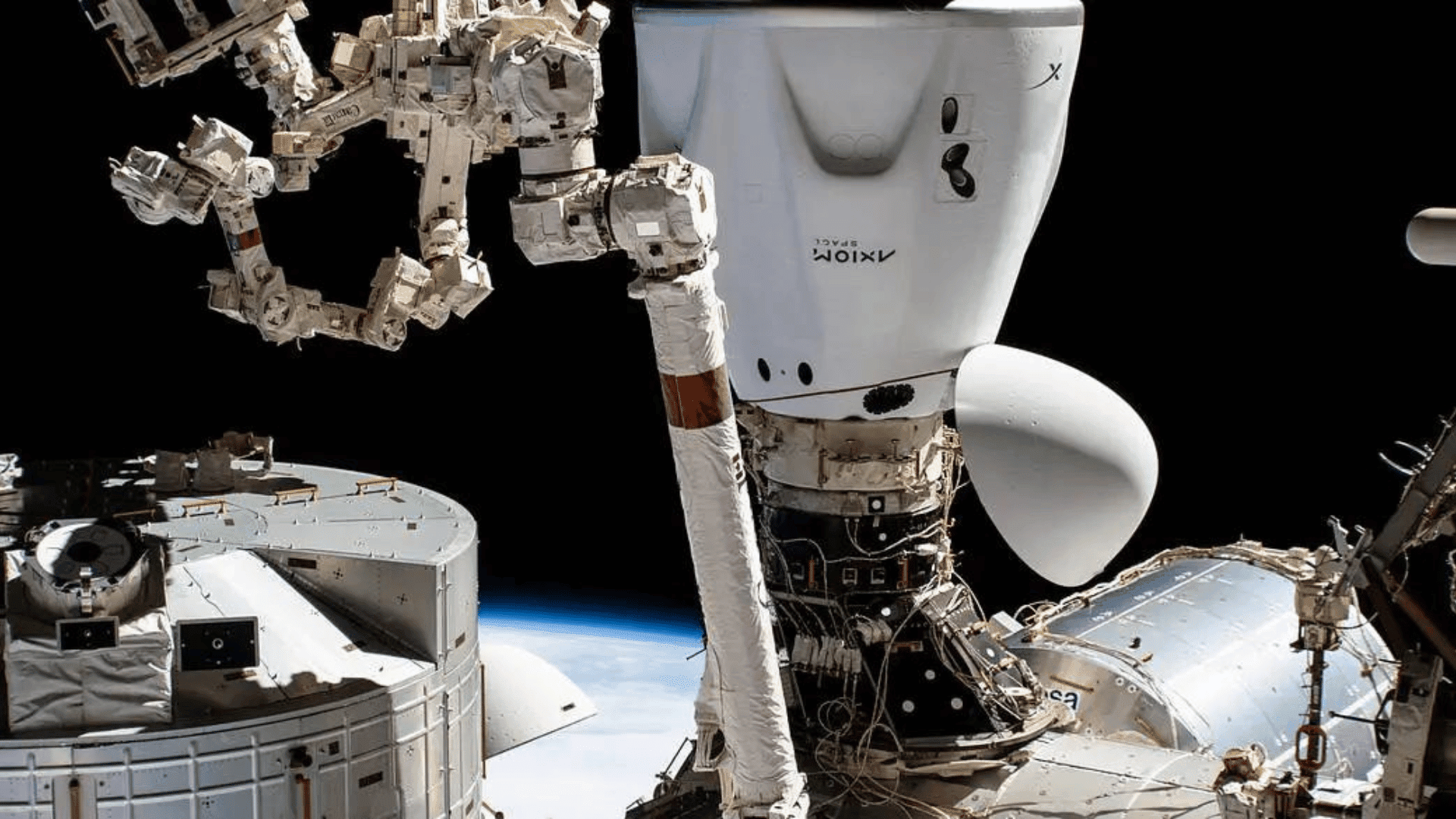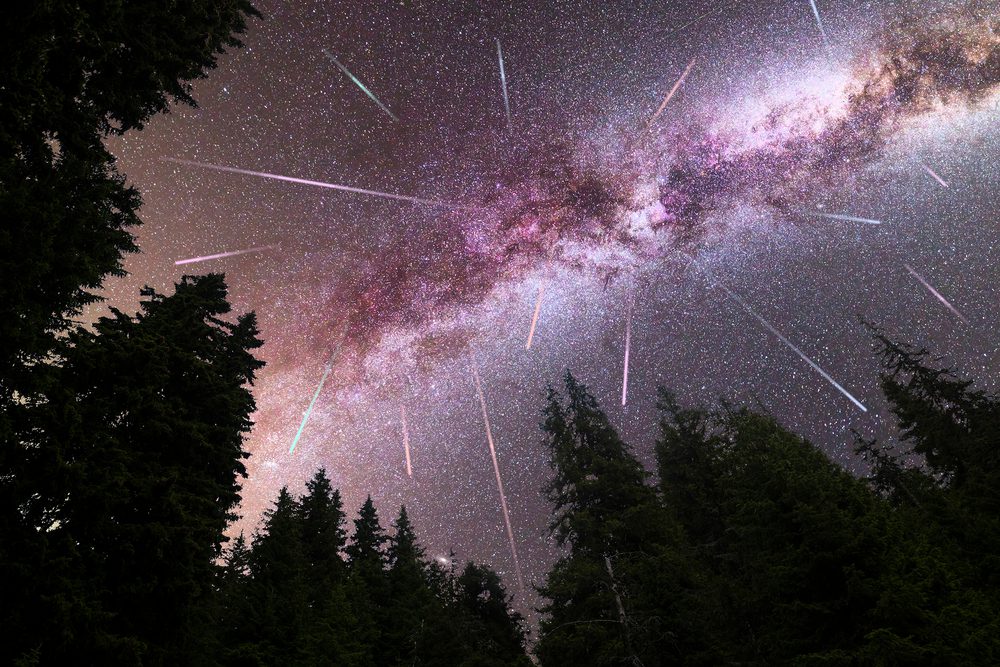The total solar eclipse has come and gone but did not disappoint. The celestial event grabbed the attention of millions on April 8. But, it leaves astronomy lovers wanting more.
Don’t stop looking up at the sky just yet because a few more space events are happening in April.
Spot the “Devil Comet”
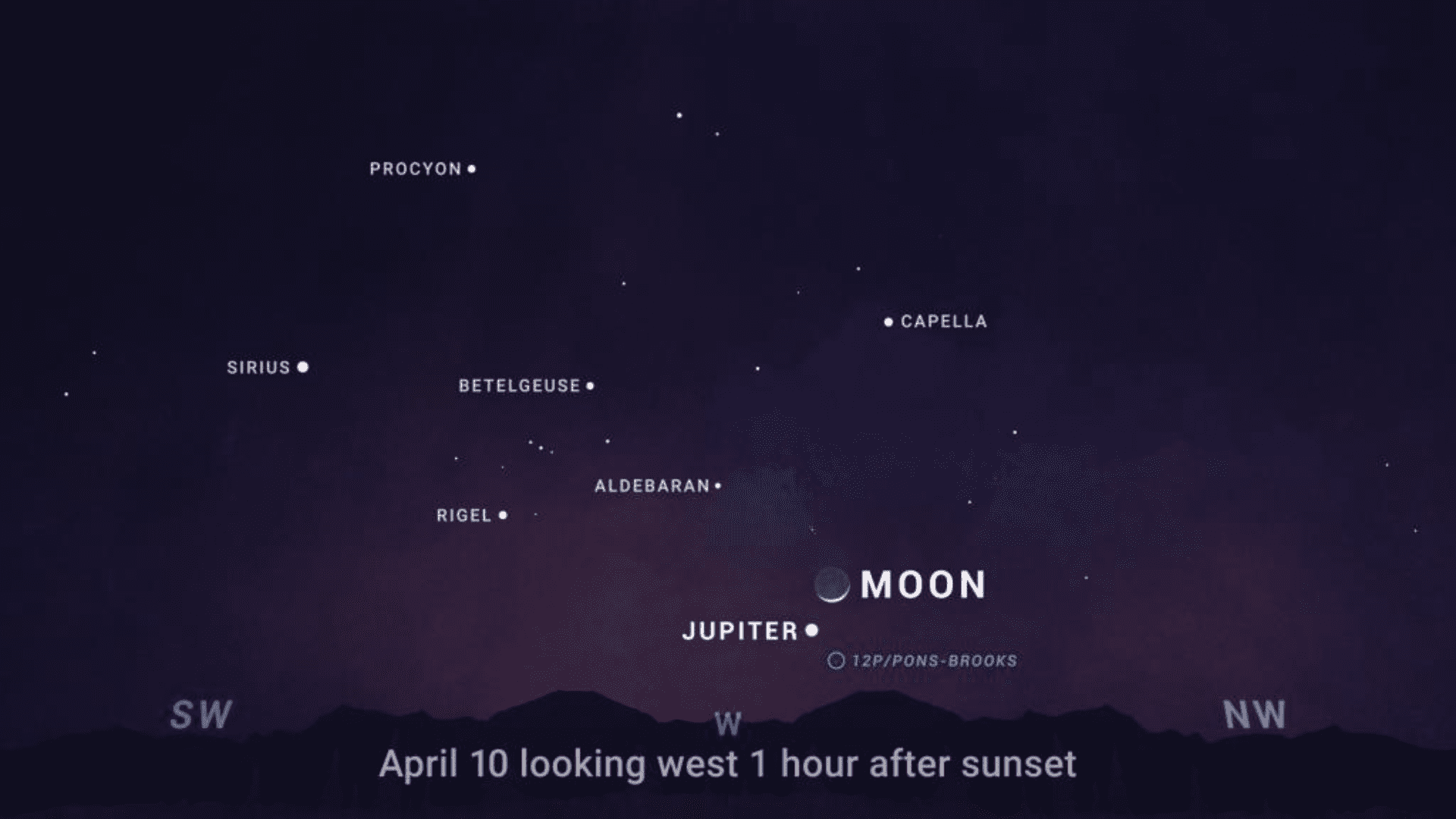
Comet 12P/Pons-Brooks is known as “the devil comet” because of its notable tail that resembles horns. Unfortunately, the comet’s tail can only be seen with the best telescopes. But, astronomers say there is a good chance you will see the comet with the naked eye around April 21.
12P/Pons-Brooks has a 71-year orbit of the Sun. During the spring, it gets to the closest point to the sun during its orbit. As it gets closer to the sun, it gets brighter. Because of how bright it gets around this time, the odds of being able to see it with the naked eye increase. However, the comet is visible right now and was even visible during the solar eclipse.
On an average day, just after sunset, it can be best viewed through binoculars or a telescope below the Moon and right of Jupiter. An hour after sunset the comet drops so low that you can’t see it unless you have a perfect view of the horizon. The comet sets after another hour.
Oldest Known Meteor Shower
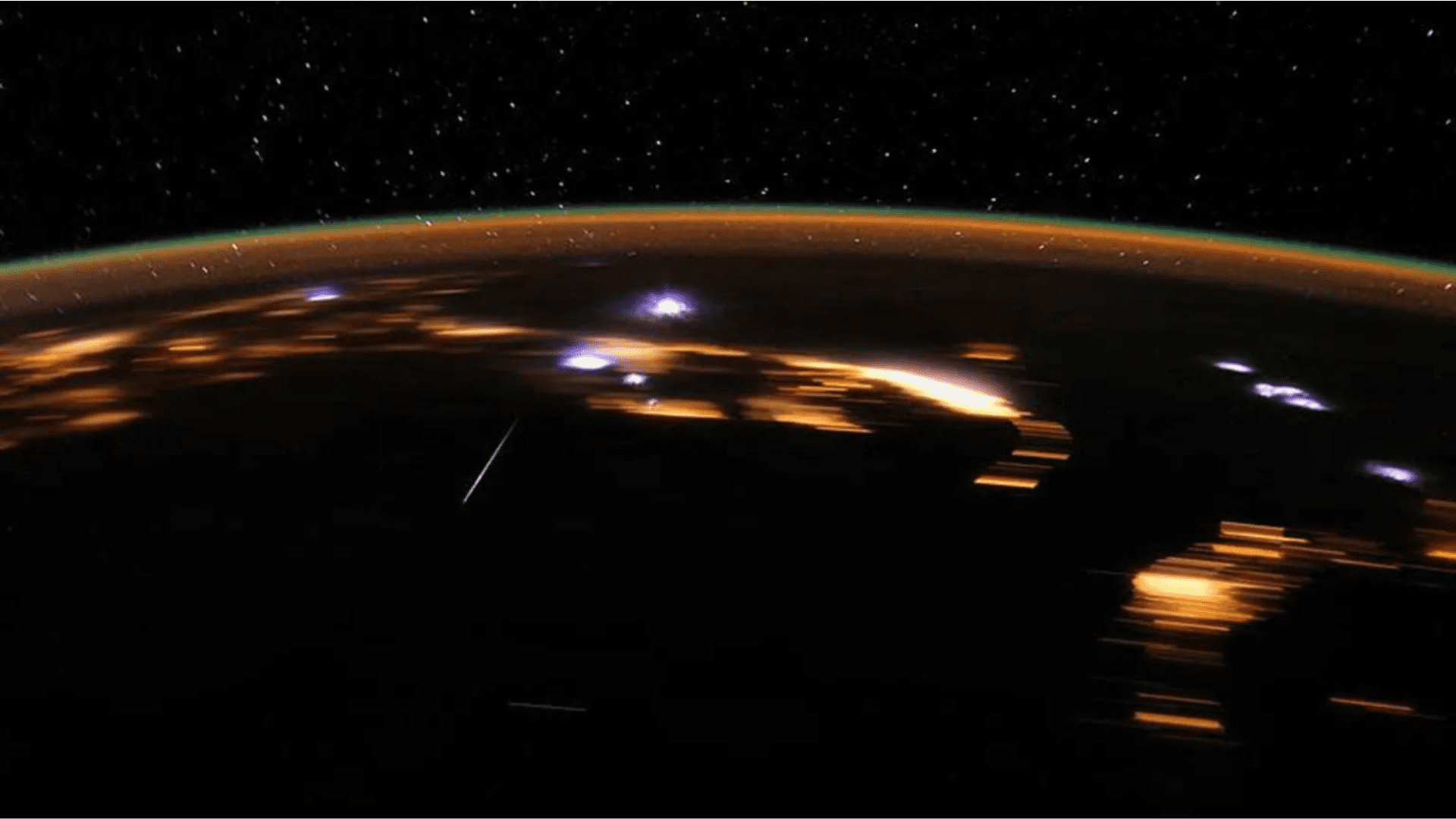
The Lyrids meteor shower is one of the oldest known meteor showers. Astronomers have been observing the showers for over 2,700 years. The earliest recorded sighting of a Lyrid shower dates back to 687 BC by the Chinese. According to NASA, the best viewing area for the meteor shower is in the Northern Hemisphere during the darkest hour (after moonset and before dawn).
NASA says the best way to view the meteor shower is in an area away from the city away from light pollution. They say to come prepared with a sleeping bag, blanket, or lawn chair; something comfortable to view the event. From there, lie flat on your back with your feet facing east and look up. After about 30 minutes your eyes will adjust to the night sky and you’ll start seeing the action. It’s important to note that the peak of the Lyrids meteor shower is between April 21-22 this year. This is the first meteor shower of the spring and produces 10-20 meteors an hour.
Explore Tomorrow's World from your inbox
Get the latest science, technology, and sustainability content delivered to your inbox.
I understand that by providing my email address, I agree to receive emails from Tomorrow's World Today. I understand that I may opt out of receiving such communications at any time.
Pink Moon
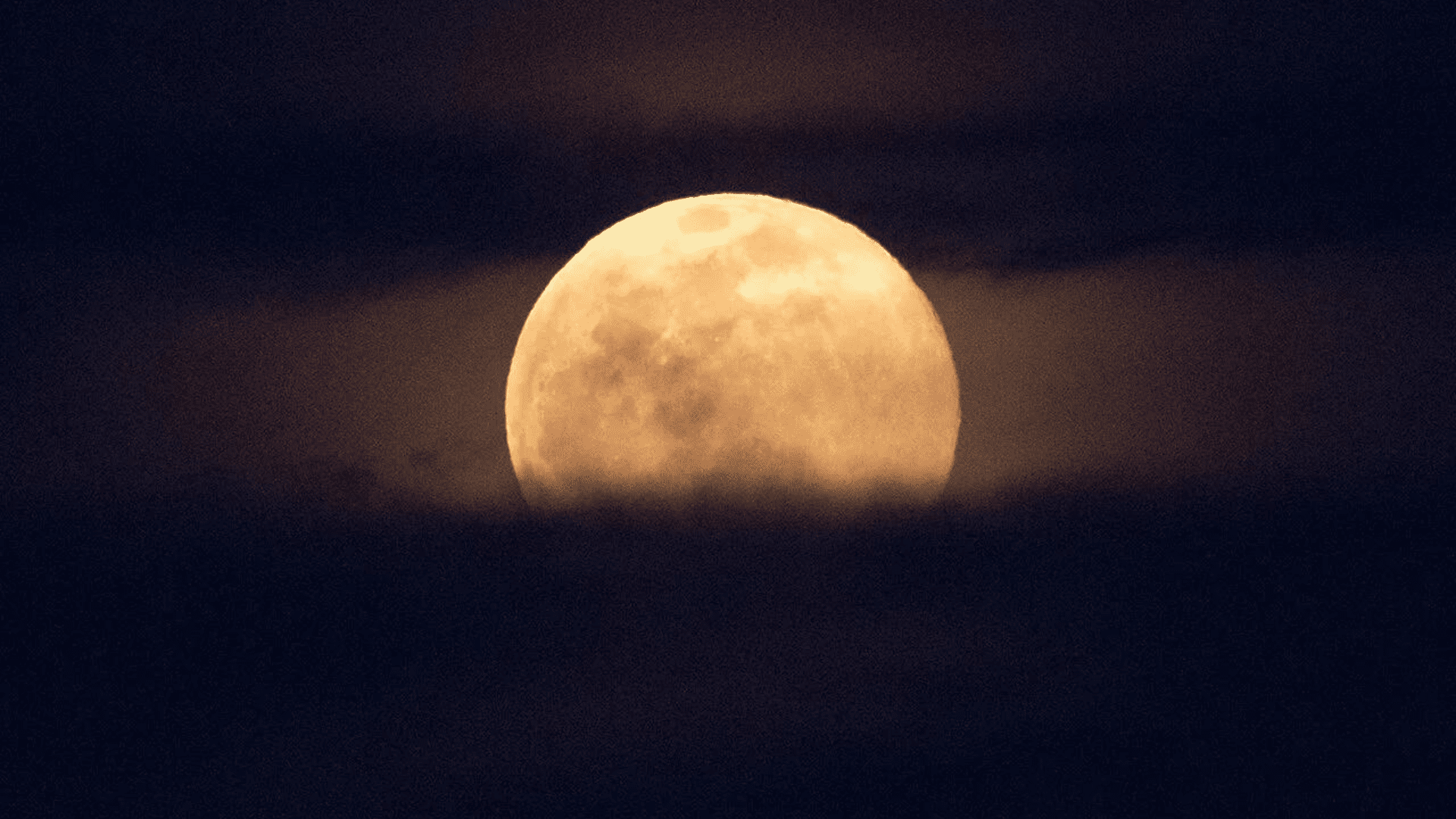
April’s “Pink Moon” is the first full moon of the spring. It gets its name from the herb moss pink, a plant native to the eastern United States and one of the earliest widespread flowers of spring. The Pink Moon doesn’t appear pink to the human eye but has a gold hue. According to the Old Farmer’s Almanac, the moon will hit peak illumination on April 23, 2024, around 7:49 p.m. Eastern Time. the best way to view this breathtaking Moon is to find an open area and watch as the Moon rises over the horizon to witness the Moon at its biggest.





